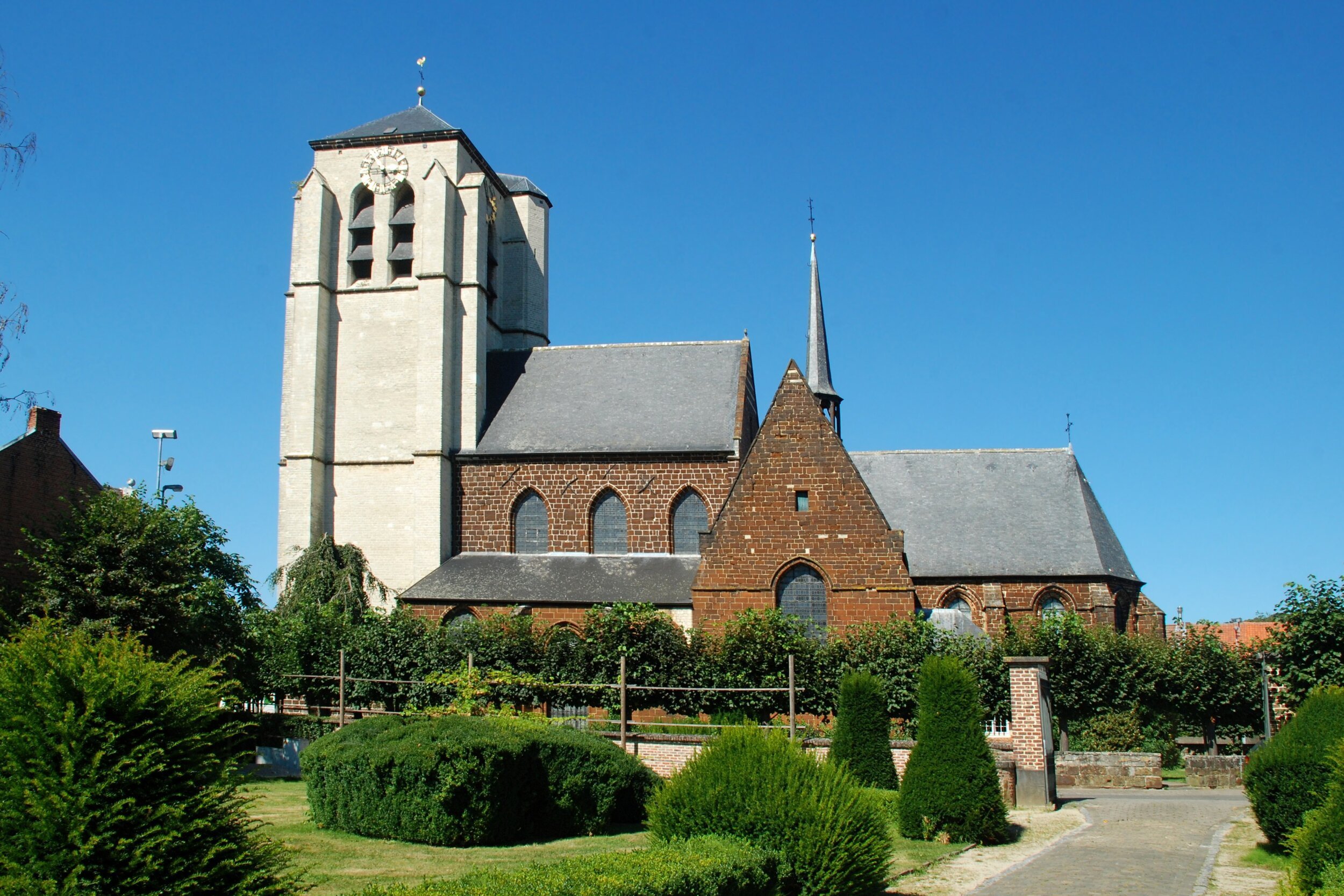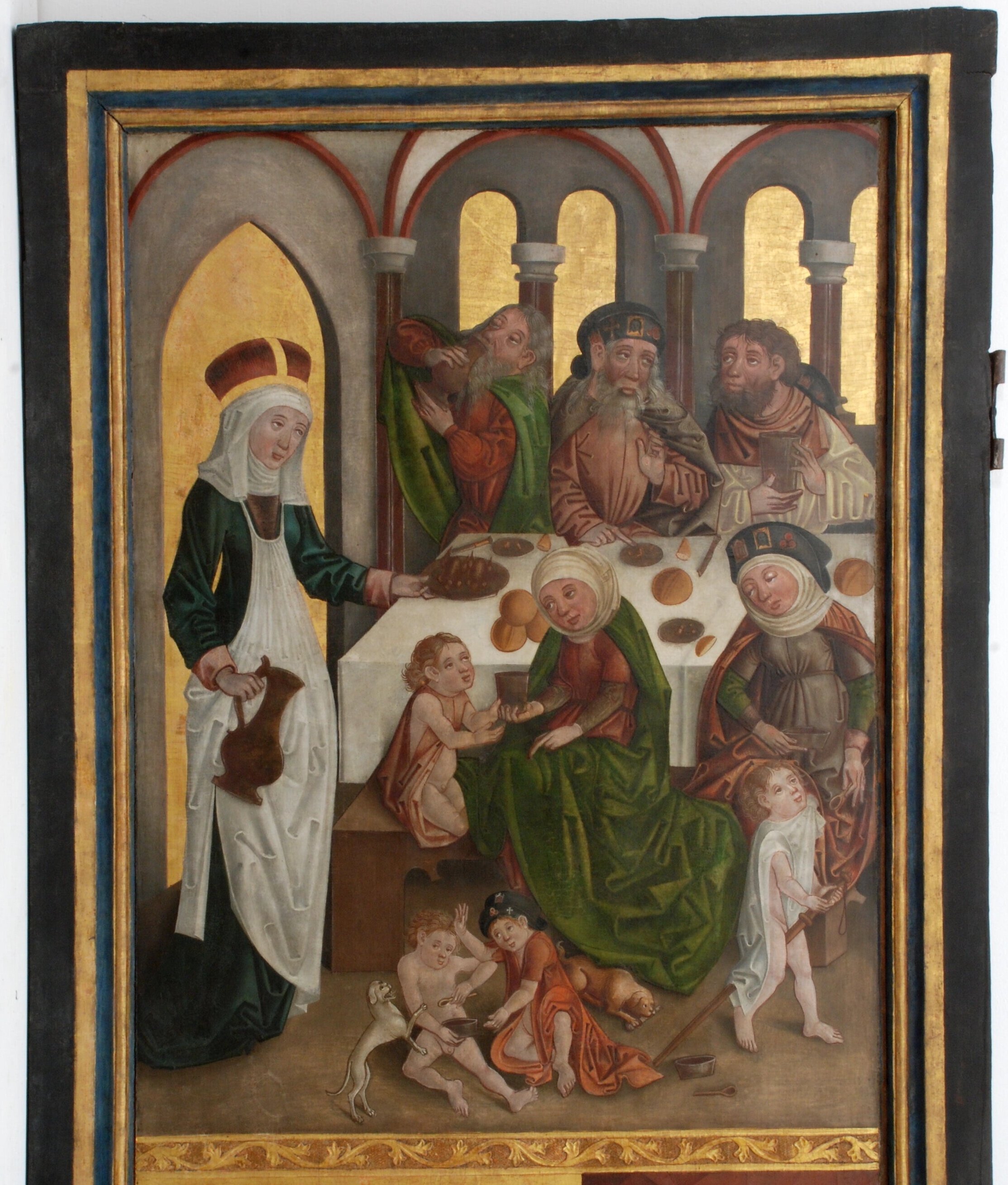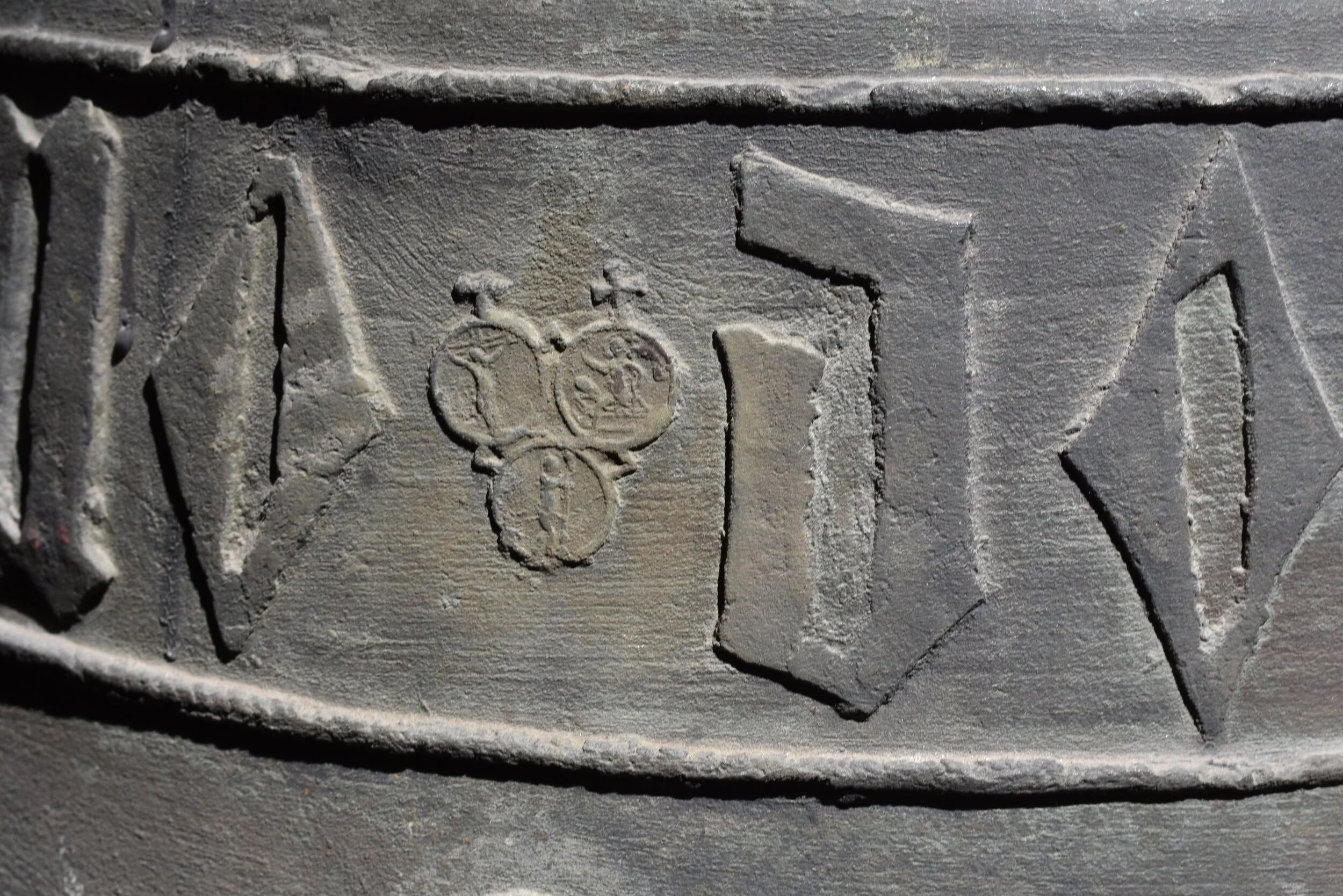DRAGEN Tales features projects from the DRAGEN Lab and Environments of Change.

The Golden Scabs of Saint Job - Part Three
This series of three blog posts explores the pilgrim badges of Saint Job from Wezemaal, Belgium. This series considers these badges as a form of adaptation, informed by biblical, legendary, and literary accounts of Job that were popular in the medieval imagination. The overarching question that inspired these blog posts is: Why was Job the only Old Testament figure to be venerated by pilgrims as a saint?

Interview with Dr. Carolin Rinn
To learn more about the medieval badges from these famous sites, Ann Marie Rasmussen met virtually with Dr. Carolin Rinn to discuss her dissertation, “Between Memory and Mediation of Salvation: Visuality and Mediality of the Medieval Pilgrim Badges from Aachen and Canterbury.” Carolin shared her experience studying medieval badges as an art historian and the findings and implications of her research.

The Golden Scabs of Saint Job - Part Two
The Golden Scabs of Saint Job - Exploring the Medieval Pilgrim Badges of Saint Job in Wezemaal (BE)
This series of three blog posts explores the pilgrim badges of Saint Job from Wezemaal, Belgium. This series considers these badges as a form of adaptation, informed by biblical, legendary, and literary accounts of Job that were popular in the medieval imagination. The overarching question that inspired these blog posts is: Why was Job the only Old Testament figure to be venerated by pilgrims as a saint?

Interview with Guillaume Herrou (Copy)
A special thanks to Guillaume Herrou for making his thesis, “La Collection des enseignes de plomb du Musée des Antiquités de Rouen” (written in French) available to the Medieval Badges community. Guillaume’s thesis was conducted under the supervision of Béatrice de Chancel-Bardelot, Curator in Chief, and Jean-Christophe Ton-That, Chief of the Resource Center, from the Musée de Cluny – Musée National du Moyen Âge.

The Golden Scabs of Saint Job
This series of three blog posts explores the pilgrim badges of Saint Job from Wezemaal, Belgium. This series considers these badges as a form of adaptation, informed by biblical, legendary, and literary accounts of Job that were popular in the medieval imagination. The overarching question that inspires these blog posts is: Why was Job the only Old Testament figure to be venerated by pilgrims as a saint?

Badges Across Europe: Rostock, Part Four
The badges from Rostock and their corroborating evidence testify to the wide-ranging mobility of Rostock pilgrims. This fact should not surprise us; after all, the burghers of Rostock were sea-faring merchants and traders. The sum total of these artifacts suggests that piety wove together many strands of the lives of the inhabitants of medieval Rostock.

Badges Across Europe: Rostock, Part Three
Dr. Ansorge’s article shows us the detective archaeologist at work, seeking out disparate kinds of evidence for clues to better understand the landscapes of religious belief in medieval northern Germany. To contextualize the Rostock badges, Ansorge unearths evidence from archives, manuscripts, early printed broadsheets, and books, and from other unusual sources as well. Each source requires different contextual knowledge and a different interpretative stance. Ansorge views these sources as a kind of assemblage in which different kinds of evidence provide a deeper understanding of late medieval piety while supplementing the picture of where Rostock pilgrims travelled with new information.

Badges Across Europe: Rostock, Part Two
The twenty-nine pilgrim badges found in Rostock testify to journeys to different holy sites. Medieval pilgrims purchased religious badges at the sites they visited and then brought the objects home with them. Dr. Ansorge uses the badges found in Rostock as evidence to see where and how far the Rostock pilgrims travelled.

Love is in the Air
With Valentine’s Day just ahead of us, lovebirds are nestling. Red roses are being prepared. Cards decorated with hearts and scribbled love notes will be exchanged between lovers and friends. Whether you love or loathe this February celebration, one thing is clear: drawing on several centuries of cultural imagery, Valentine’s Day symbols are strong and here to stay.

Badges Across Europe: Rostock
This blog post in four parts focusses on twenty-nine medieval badges found in the Baltic coastal town of Rostock, Germany. It summarizes a recent article by Dr. Jörg Ansorge, one of the premier archaeologists working with pilgrim badges in Germany today. The article discusses all badges that were found in Rostock by 2018 (more have been found since then). Dr. Ansorge pays meticulous attention to different kinds of evidence in order to create rich contexts for the found badges. He draws conclusions that allow us to glimpse people’s religious practices in medieval Rostock and to better understand how medieval people used their religious badges.

